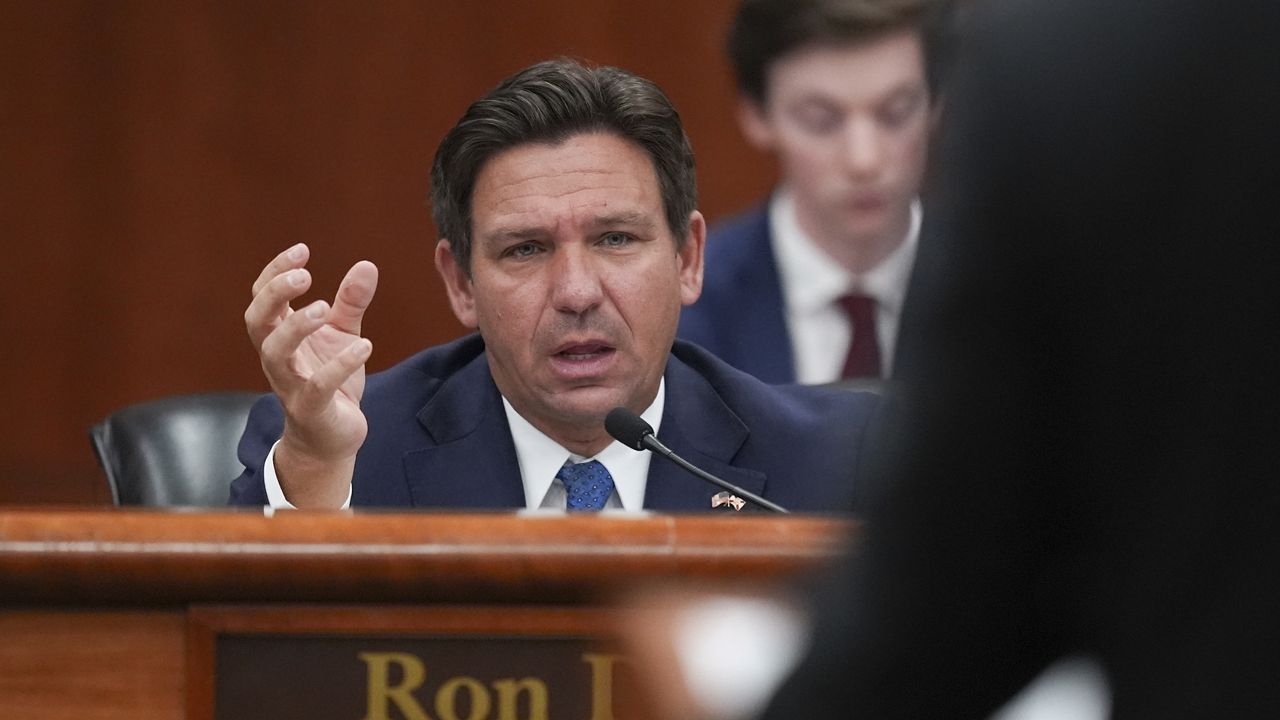ST. PETERSBURG, Fla. — Retired professional mechanical engineer Mike Higgins, 75, recently sent the city of St. Petersburg a letter with ideas on how to redesign backflow preventers to make them more effective at preventing tidal street flooding than current models.
“It’s not really what I’d call a high-tech problem,” he said. “The technology is there. It’s just a matter of putting the right pieces together.”
Higgins, who lives in Shore Acres, said the existing model allows seawater to cause growth in the pipes, which hinders the backflow preventers from sealing. Because of that, people cannot see if the device is working until after the street floods, he said.
“That’s a problem. Knowing that it’s working is half the battle,” Higgins said. “You’ve got to make sure you stop that saltwater as far back as you can. Then you have the opportunity to not have these problems.”
Higgins worked for the Florida Power Corporation for 23 years and said he was intimately involved in the cooling water pump system. He wants to find a valve manufacturer who will implement his new backflow preventer design.
“Basically, what we’re looking for is a self-contained unit that has power by battery, solar to keep it charged, communication by cellular or Wi-Fi,” he said. “That gives you all the opportunity to operate the valve. Control it remotely.”
Higgins is a board member of the Shore Acres Civic Association, which sent a letter to the city in February outlining his preventer redesign and urging swift visible actions prior to the start of hurricane season.
“It is clear that current measures to stem issues, both tidal (sunny day) and surge, are not working,” said SACA President Kevin Batdorf. “Our neighbors understand that ‘fixing’ the flood issues are complex overall, but the goal of reducing or eliminating tidal ‘sunny day’ flooding prior to June 1 is attainable.”
In January, the city announced it would replace 14 of the 56 backflow preventers in Shore Acres at a cost of $500,000. The preventers have a 15 year lifespan. On Feb. 29, Public Works Administrator Claude Tankersley asked the city council for $3.75 million to replace all 56 backflow preventers this year.
“After the resilient community listening session two weeks ago, we decided not to wait until April 4 to bring it to you,” he said. “The administration believes that this project is a vital first step in addressing the feedback we received from the public.”
During the listening session, Tankersley said, “we have to do better” after hearing painful stories from residents about living with frequent street flooding. The city council voted unanimously to approve the funding request.
“They realize that they could do better,” said Higgins. “What they’re doing right now in replacing the backflow preventers that’s existing is buying themselves some time.”
Higgins said he hopes in less than 10 years the city can replace the backflow preventers with his new design.
“Should be able to get a prototype out in a year or so and see how it works,” he said. “Come up with a final design in maybe three years and then you get into production.”
Tankersley said he really likes Higgins’ idea to improve backflow preventer technology.
“It’s a brilliant idea,” he said. “The process will take several years to implement.”
Higgins said he’d be willing to share the patent with the city.
“He’s (Tankersley) supposed to be talking to legal about the possibility is this patentable?” said Higgins. “Maybe the city can get something out of it and make the cost even cheaper.”
Last month, the St. Petersburg City Council approved an agreement with the state for a $7.8 million grant which will cover half the cost of a stormwater pump station to drain Connecticut Avenue in Shore Acres.
Tankersley urged citizens to report street flooding to the city, which has 22,000 stormwater inlets.









